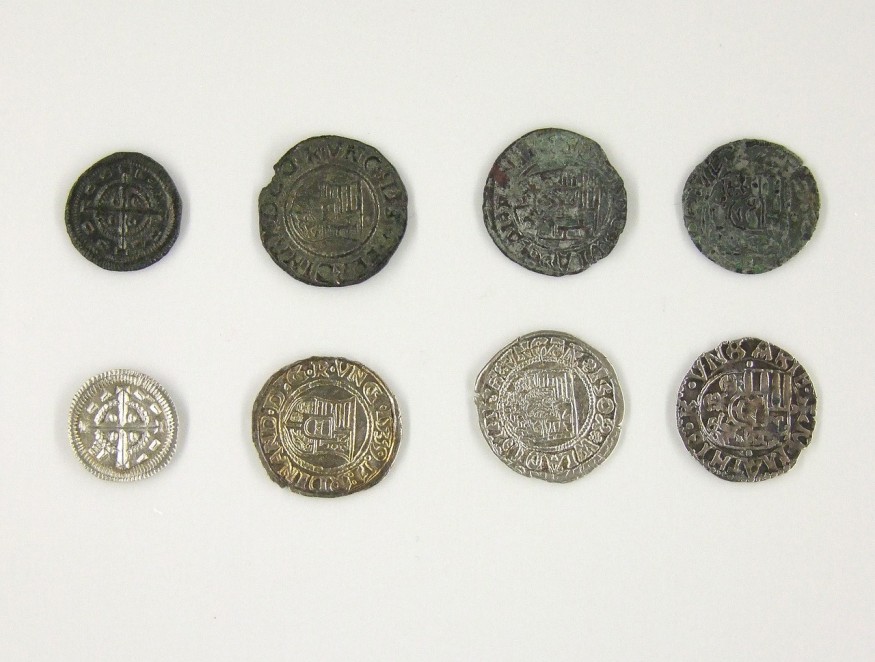
Various artifacts, including jewelry, coins, and swords, were unearthed by volunteer conservationists in Germany.
Collection of Artifacts Found in Three Different Locations
The items were found by excavators last year at three different locations that dotted the countryside in Germany. The findings were presented by the State Office for Culture and Monument Preservation of Germany on November 22.
During the presentation, the officials expressed their gratitude to the volunteer conservationists for the trio of findings. Bettina Martin, the minister of science, culture, and federal and European affairs of Germany, explains that volunteers are indispensable when it comes to cultural heritage preservation, adding that volunteer conservationists are to thank for the three novel discoveries.
ALSO READ : 'Replica' Sword at Chicago Field Museum Turns Out To Be Bronze-Age Relic Which Is Now 3,000 Years Old
Bronze Age Swords
The first discovery was made near Mirow in northern Germany. It was found to contain the remains of seven Bronze Age swords that are 3,000 years old. According to archaeologists, the weapons could have been placed there to serve as a sacrificial offering. Dredging later on could have made the swords break apart into pieces. However, the artifacts were successfully pieced together.
It is likely that the swords were left in the lowland area as a sacrificial offering or as part of a ritual. While such item deposits are not rare, the discovery of several Bronze Age swords in a single area in Mecklenburg-Western Pomerania has never been done before.
Nearly 6,000 Medieval Silver Coins
The second finding was found on the German island of Rügen, roughly 200 kilometers north of Mirow. It was found to have almost 6,000 silver coins from medieval times. The majority of the centuries-old coins were kept in a clay pot. However, several were also scattered in the soil.
While most coins were minted in western Germany, archaeologists were able to observe that roughly 10% were from Bohemia (present-day Czech Republic), Denmark, England, and Hungary. This suggests that trade relationships in the area could have been possible.
The collection has been deemed by researchers to be largest Slavic coin hoard that is from the 11th century.
1,700 Coins, Pottery, Jewelry
The last and third discoveries were from Mölln, a town in northern Germany. It was found to contain different items that were also from the 11th century. The artifacts include a pot containing 1,700 coins, neck and finger rings, a pearl necklace that consists of gold, quartz beads, and rock crystals, and two reliquary containers. The first container had a kaptorga shape, which is a metal flat pendant that is usually worn on the neck. The second appeared to be inspired by a crucifix.
Archaeologists believe that the containers served as evidence of the influence of Christianity in the region during this period.
RELATED ARTICLE : Treasure Trove of 200 Roman-era Coins Discovered in Spain Through a Hungry Badger Hunting For Food
Check out more news and information on Archaeology in Science Times.










